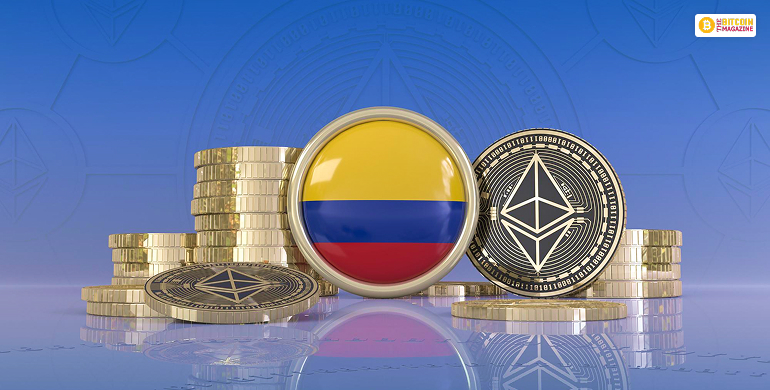The year 2025 has been a year of changes in the crypto community. Everywhere you look, something or the other is happening. First, the newly formed SEC has drastically revamped its stance towards crypto. Second, Donald Trump’s revised tariff plans also played a key role.
Amidst all of these upheavals, one country is seemingly making headway in the world of crypto. The country we are talking about is Columbia. Columbia is receptive to crypto but is taking a careful stance and not rushing things.
This balanced approach to crypto has kept the landscape mostly free from digital miscreants. Reports suggest that around 5 million Colombians actively use digital assets, making them one of the most prominent means of transactions.
Two organizations, Superintendencia Financiera de Colombia (SFC) and Banco de la República (BDR), monitor the cryptocurrency landscape in Colombia. Apart from these two, the landscape is also overseen by Dirección de Impuestos y Aduanas Nacionales, which is known as DIAN.
The Regulatory Framework
BDR primarily monitors Columbia’s crypto regulatory framework. It sets the state’s money rules and claims that cryptocurrencies are not legal or fiat currencies. Meanwhile, SFC monitors the banking part of crypto investments. Lastly, DIAN handles crypto taxes.
Currently, Columbia has not imposed the mandatory requirement for businesses to hold a license. This means holding crypto or using crypto for transactions requires no external authority. However, customers still need to present their KYCs. Subsequently, companies are legally obligated to report suspicious activities ASAP to avoid facing fines.
Challenges
The regulatory framework of crypto in Colombia is quite relaxed. This makes it conducive to new changes or evolutions in the landscape. However, it also makes it easy for miscreants to exploit the landscape and operate illegally, creating a sense of duality.
Therefore, making Columbia the crypto capital of Latin America can be dicey at best. The relaxed landscape might allow growth but also enhance the chances of phishing and scamming activities.

